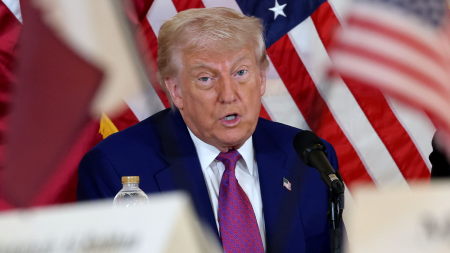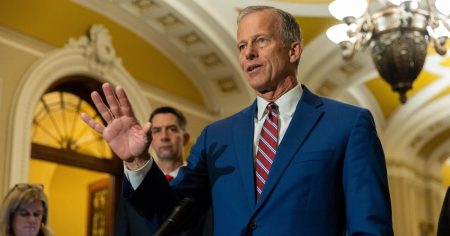Haberman describes Trump as someone who always wants to appear in control, especially in high-stakes situations like a court trial. She notes that Trump tends to deflect attention away from his own actions and focuses on criticizing others instead. Haberman believes that Trump uses this tactic to try to regain control of the situation and assert his dominance. Additionally, she suggests that Trump may also use humor to diffuse tension and make light of serious matters.
One way that Trump calms himself during tense moments in court, according to Haberman, is by attacking his accusers and adversaries. By shifting the focus onto others, Trump may be able to distract himself from the stress of the situation and redirect his energy towards attacking his perceived enemies. Haberman also points out that Trump often uses social media as a way to vent his frustrations and lash out at those he believes have wronged him. This approach allows Trump to assert his power and influence, even in the face of legal challenges.
Another strategy that Trump may use to calm himself during tense court moments, as Haberman explains, is to surround himself with a supportive team of loyal advisors and lawyers. By having a team of people who are fiercely loyal to him, Trump may feel more secure and confident in his ability to navigate legal challenges. This support system can help Trump maintain his composure and face the legal proceedings with more confidence. Additionally, having a team of advisors who are willing to defend him at all costs can give Trump a sense of protection and comfort during challenging times.
Haberman also suggests that Trump may use distraction tactics to calm himself during tense court moments. By focusing on other issues or controversies, Trump can divert attention away from the immediate legal challenges he is facing. This strategy allows Trump to shift the narrative and control the conversation, even in the midst of a high-profile trial. Additionally, by creating new controversies or scandals, Trump may be able to create confusion and chaos that distracts from his legal troubles.
Overall, Haberman paints a picture of Trump as someone who is constantly seeking ways to maintain control and assert his dominance, particularly in high-stakes situations like court trials. She suggests that Trump uses various strategies, such as attacking his adversaries, surrounding himself with loyal advisors, and creating distractions, to calm himself during tense moments in court. By employing these tactics, Trump is able to navigate legal challenges and project an image of strength and power, even in the face of adversity. Haberman’s insights shed light on Trump’s mindset and behavior during court proceedings, offering a deeper understanding of how he handles pressure and stress in such situations.















